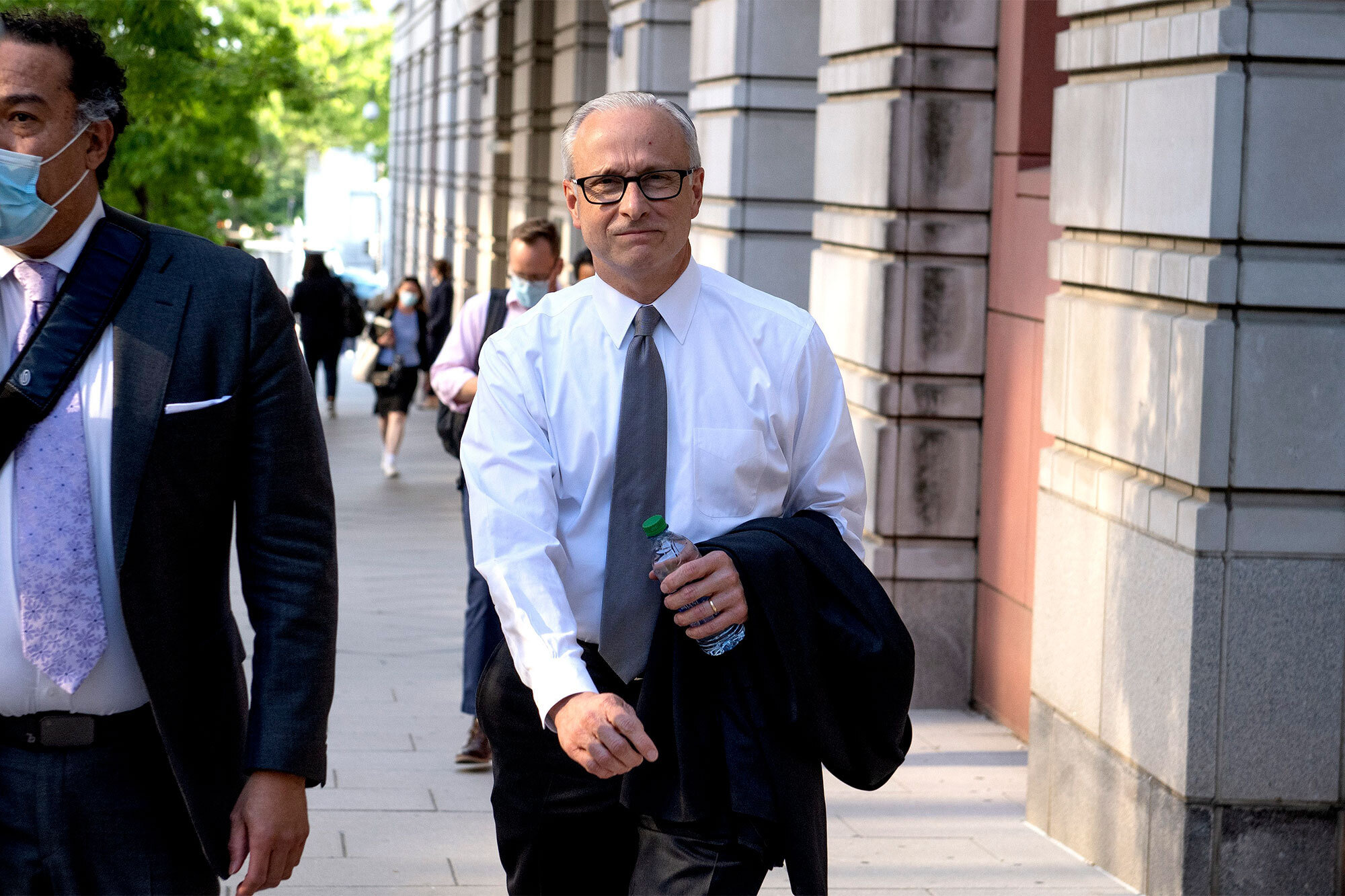James A. Baker was removed from his position as general counsel at Twitter by Elon Musk because of allegations that he had a role in stifling an exposé on Hunter Biden’s laptop published by the New York Post.
Baker left Twitter today due to worries that he could have been involved in censoring information vital to the public discussion, the Twitter CEO said.
The Tesla CEO went on to say that he had asked Mr. Baker about the laptop-stuffing incident before firing him, and that Mr. Baker’s lawyer had given him an “unconvincing” answer.
Before he joined Twitter, Mr. Baker was the general counsel at the FBI. While he was there, he was a big part of the FBI’s investigation into whether or not Russia influenced Donald Trump’s 2016 presidential campaign.
According to reports, Mr. Baker was the subject of a criminal investigation after he left the agency in 2018 for allegedly giving information to the media.
Mr. Baker started working for the social media giant in 2020, a month after the company was criticized for labeling as “propaganda” two tweets from President Trump that said mail-in votes would lead to a “rigged election.”
Matt Taibbi, an investigative journalist, published internal Twitter documents that showed the lawyer and other high-level Twitter employees talking about how to handle the Post’s report on Hunter Biden’s laptop in October 2020. This made Mr. Baker quit.
Without providing any proof, the decision was made behind the creator and then-CEO Jack Dorsey’s back to designate the release as “hacked content.”
In one email exchange, Mr. Baker said, “I support the judgment that we need additional evidence to judge if the documents were hacked.”
But at this point, it’s plausible to believe that they may have been, and prudence is advised.
In his answer, Mr. Baker was answering a Twitter employee’s question about whether the company could “truly assert” that the laptop story was “part of the policy.”
The social media site “took unusual measures to conceal” the Post’s report, according to Taibbi, including deleting user-shared links to the exposé and posting warnings that it could be “unsafe.”
According to Taibbi, the social media platform went so far as to restrict users from sending links to the news through direct message, a measure that is often only used in “severe circumstances” such as preventing the circulation of child pornography.
During a congressional hearing on fake news and social media last year, Dorsey said that suppressing the Post’s piece was a “complete error.”
He held off on saying who made the error. While many major media publications originally discounted or attempted to discredit the Post’s story, the New York Times and Washington Post subsequently verified the laptop’s contents—around 18 months after the first publication.
Source: News.AU

